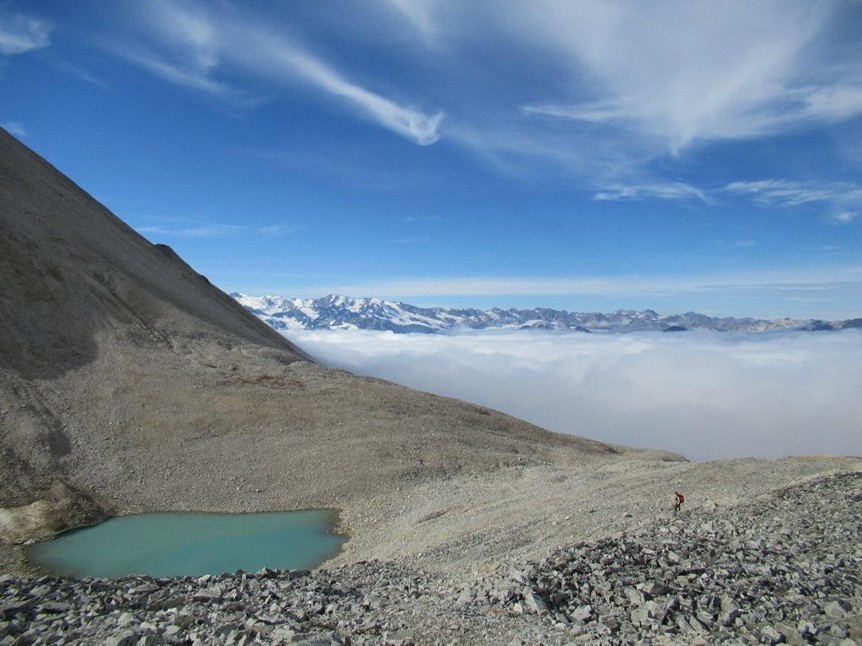
Project Overview
Copeçal Gold Project | Mato Grosso, Brazil
The Copeçal property is strategically located within the Alta Floresta–Juruena–Tapajós corridor, a Paleoproterozoic magmatic arc complex that hosts some of Brazil’s most important mesothermal gold deposits. The project benefits from excellent infrastructure, including year-round road access just 60 kilometers from Alta Floresta, and is supported by a mining-friendly jurisdiction with low operating costs and strong local engagement.
Initial exploration at Copeçal was led by AngloGold Ashanti between 2010 and 2016, when more than USD $1 million was invested in soil and stream sediment surveys, rock chip sampling, auger and air-core drilling, and ground geophysics. This early work confirmed the presence of significant gold anomalies, with soil values up to 334 ppb Au, and highlighted the structural complexity of the property. Two priority zones — the NE and SW anomalies — were defined as targets for further testing. AngloGold’s work firmly established Copeçal as a high-potential project with the right geological architecture for large-scale gold systems.
In September 2025, GoldHaven mobilized its drill contractor, and by October the company commenced the first diamond drilling campaign ever undertaken at Copeçal. This program, totaling approximately 1,200 meters, is targeting the East and West zones where auger geochemistry and geophysical surveys have defined the most compelling anomalies.
The diamond drill program represents a major turning point for Copeçal. For the first time, the extensive anomalies identified by AngloGold and validated by GoldHaven are being tested at depth with modern drilling methods. Results from this program are expected to provide the foundation for future resource delineation and the potential development within the Juruena Province.
The Copeçal Project exhibits all the hallmarks of a Tier-One mesothermal gold system. It lies at the intersection of major WNW–ESE and E–W shear zones, bordered by NNW-trending faults that acted as conduits for mineralizing fluids. The property hosts pinch-and-swell quartz lodes, mylonitic zones, and ductile-brittle shear fabrics typical of productive gold systems, while geochemical associations of gold, arsenic, and tourmaline mirror those found in nearby producing mines. These geological features, combined with extensive gold-in-soil anomalies and structural corridors, strongly support the potential for discovering gold.
Copeçal represents a rare opportunity for exposure to a project at the exact moment it transitions from groundwork to discovery drilling. Decades of exploration have de-risked the property and defined robust, drill-ready targets. GoldHaven’s ongoing maiden diamond drill program is the logical culmination of this work and marks the most significant catalyst in the project’s history. Positive results from the current campaign could rapidly transform Copeçal from an exploration story into a defined discovery, unlocking substantial value for shareholders.
GoldHaven’s mission at Copeçal is clear: turn years of data and preparation into a discovery that positions the company as a leader in Brazil’s next generation of gold exploration.










